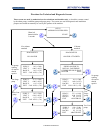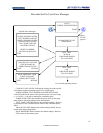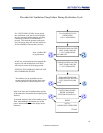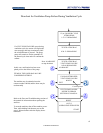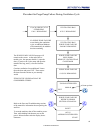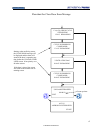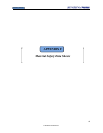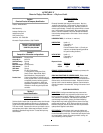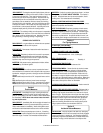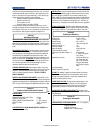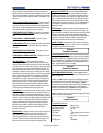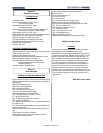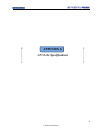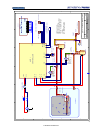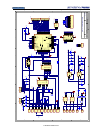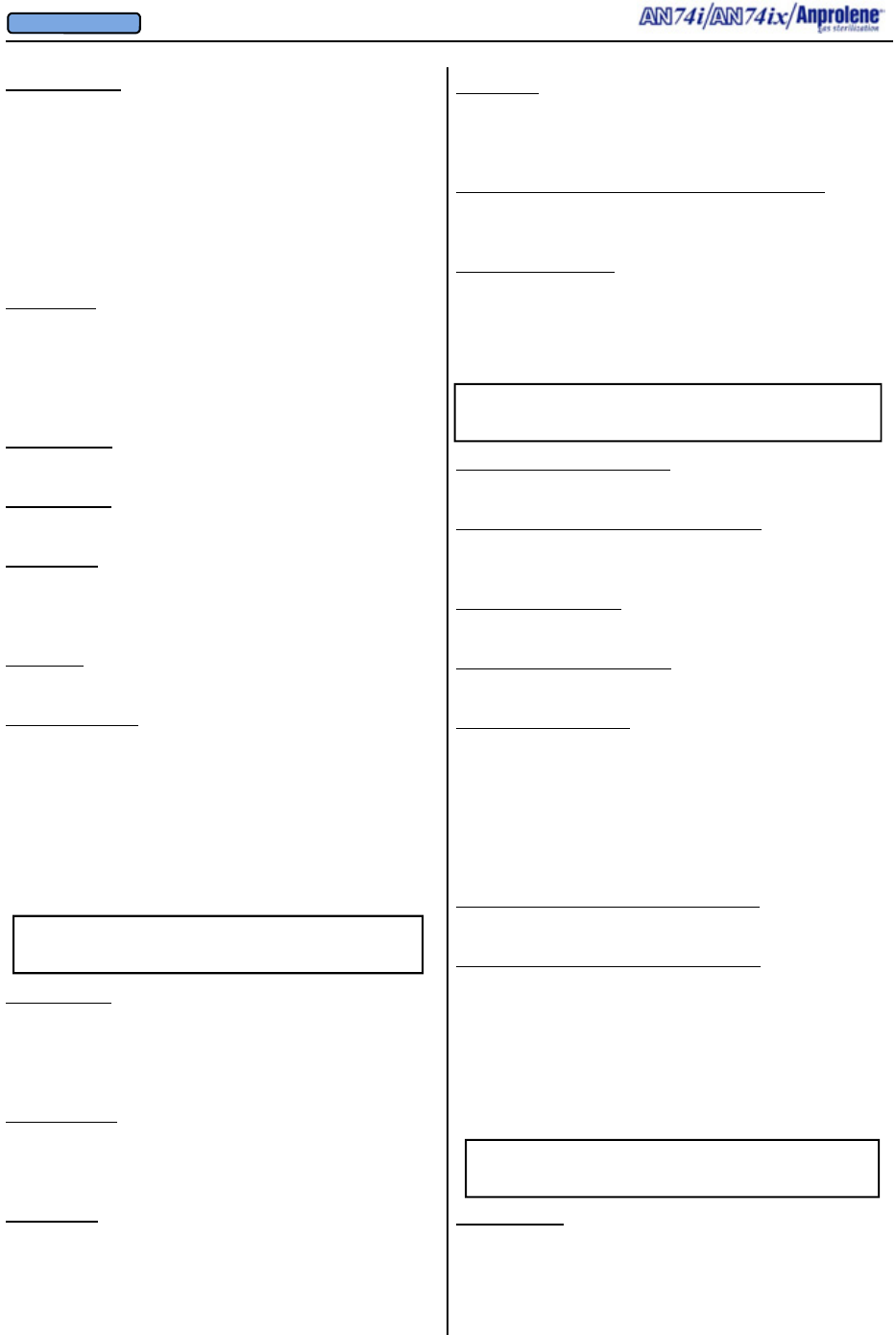
70
OWNER’S MANUAL
SKIN CONTACT: Prolonged contact with liquid ethylene oxide can
cause a local erythema, edema, and formation of blisters. Response
is more severe on damp skin. There may be a latency period of
several hours prior to the onset of symptoms. Ethylene oxide may
be absorbed by the skin, and sustained contact may produce ad-
verse effects such as headache, dizziness, nausea, and vomiting.
Ethylene Oxide is a skin sensitizer and some individuals may suffer
an allergic skin reaction. Skin contact may also cause allergic con-
tact dermatitis in some exposed individuals. Liquid Ethylene oxide
evaporates rapidly and may chill the skin causing frostbite.
INGESTION:
This relatively unlikely route of exposure is expected to
cause severe irritation and burns of the mouth and throat, abdominal
pain, nausea, vomiting, collapse and coma. Aspiration may occur
during swallowing or vomiting, resulting in lung damage.
CHRONIC HEALTH EFFECTS:
SKIN CONTACT
: Long term effects are unknown but are expected
to be similar to acute effects of skin exposure.
EYE CONTACT:
Some cases of cataract formation have been re-
ported.
INHALATION:
Respiratory irritation which can result in permanent,
lung injury, chromosomal aberrations and peripheral neurotoxic
effects with a numbing of the sense of smell. Cognitive and CNS
impairment may result from long term exposures.
INGESTION
: May cause anemia, gastrointestinal irritation, effects
on liver, kidneys, and adrenal glands.
CARCINOGENICITY
:
OSHA classifies ethylene oxide as a cancer/ reproductive hazard
and considers that, at excessive levels, ethylene oxide may present
reproductive, mutagenic, genotoxic, neurologic and skin sensitization
hazards.
ACGIH classifies ethylene oxide as “A2”- suspected human carcino-
gen.
NTP classifies ethylene oxide as a known human carcinogen.
IARC classifies ethylene oxide in Group 1 (carcinogenic to humans).
NIOSH classifies ethylene oxide as a potential human carcinogen.
EYE CONTACT:
Immediately flush eyes, including the entire sur-
face of the eyes and under the eyelids, gently but thoroughly with
plenty of running water for at least 15 minutes. Obtain medical atten-
tion immediately. NOTE: Never wear contact lenses when work-
ing with ethylene oxide.
SKIN CONTACT:
Immediately flush skin thoroughly with water for at
least 15 minutes while removing contaminated clothing and shoes.
Obtain medical attention immediately. Wash clothing before reuse
and discard contaminated leather articles such as shoes and belts.
INHALATION:
Remove exposed person to fresh air. If breathing
has stopped, give artificial respiration then have qualified personnel
administer oxygen, if needed. Get immediate medical attention.
INGESTION: If patient is conscious give plenty of water ( minimum
of two glasses) but DO NOT INDUCE VOMITING. This material is
corrosive. Keep head lower than hips to avoid aspiration, should
vomiting occur. Get medical attention immediately.
MEDICAL CONDITIONS AGGRAVATED BY EXPOSURE
:
Preexisting skin, eye and respiratory disorders; lung, blood, nervous
system and peripheral nerve disorders.
NOTE TO PHYSICIANS:
Respiratory symptoms include nausea,
vomiting and irritation of the nose and throat. Pulmonary edema
may occur. Respiratory effects may be delayed. Consider oxygen
administration. If a chemical burn is present decontaminate skin
and treat as any thermal burn. No specific antidote is known, how-
ever consider gastric lavage and administration of a charcoal slurry.
FLASH POINT (TEST METHOD):
Tag Closed Cup: -4F (-20C)
FLAMMABLE LIMITS IN AIR (% BY VOLUME);
Upper flammable limit: 100%
Lower flammable limit: 3.0% (30,000 ppm)
NEFA HAZARD RATING:
Health: 3 Flammability: 4 Reactivity: 3
AUTOIGNITION TEMPERATURE
:
804 F (429C); burns in the absence of air
EXTINGUISHING MEDIA:
Carbon dioxide, dry chemical or water
spray for small fires. Water spray, polymer or alcohol resistant
foams for large fires. Dilution of liquid ethylene oxide with 23 vol-
umes of water should render it non-flammable. Dilution with 100
parts water to one part of ethylene oxide vapor may be required to
control build up of flammable vapors in closed systems. Water spray
can be used to reduce intensity of flames to cool fire-exposed con-
tainers and to dilute spills to render non-flammable.
HAZARDOUS DECOMPOSITION PRODUCTS:
Carbon monoxide
and carbon dioxide.
UNUSUAL FIRE AND EXPLOSION HAZARDS:
Ethylene oxide is
dangerously explosive under fire condition; it is flammable over an
extremely large range of concentrations in air and burns in the ab-
sence of oxygen. Liquid ethylene oxide is lighter than water (floats)
and vapors are heavier than air and may travel along ground long
distances to sources of ignition and then flash back. Containers
should not be subject to temperatures hotter than 127F (52 C).
Vapors are extremely flammable and are readily ignited by static
charge, sparks and flames at concentrations above 3%.
PRECAUTIONS:
Treat any ethylene oxide leak as an emergency.
Evacuate all personnel from the area except those directly engaged
in stopping the leak or in cleaning up. If an Anprolene ampoule is
inadvertently dropped and activated before it is sealed inside of the
sterilization liner bag, it will still take time for the ethylene oxide
Section 4
First Aid Measures
Section 5
Fire Fighting Measures
Section 6
Accidental Release Measures
© Andersen Products Ltd



